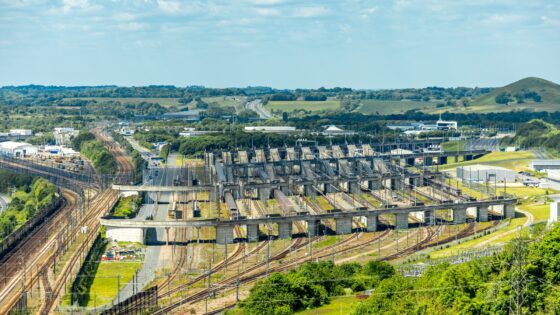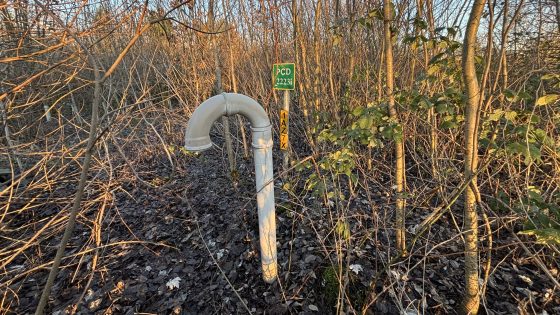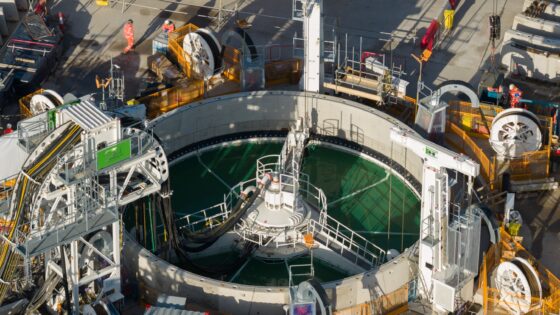Birmingham stadium brick chimneys: structural and services notes for engineers
Reviewed by Tom Sullivan

First reported on The Construction Index
30 Second Briefing
A £1.2bn, 62,000-seat Birmingham City FC stadium is proposed for Bordesley Green, with a bowl structure encircled by 12 brick chimney towers rising 120 m to support the roof and house lifts, stairs and ventilation. Designs by Heatherwick Studio, Steven Knight and Manica Architecture include a retractable roof and moveable pitch to switch between football, other sports and concerts, plus a chimney-top bar at the city’s highest level. Consultation runs ahead of a 2026 planning application, targeting completion for the 2030–31 season.
Technical Brief
- Twelve 120 m-high brick chimney towers double as primary roof-supporting structural elements.
- Chimneys are designed as multi-functional cores, housing vertical circulation (lifts, stairs) and services.
- Ventilation strategy relies partly on chimney shafts, implying stack-effect driven natural or hybrid ventilation.
- One chimney is configured to contain a dedicated lift to a rooftop bar at city-highest elevation.
- Bowl stadium form is constrained within the chimney ring, influencing lateral load paths and roof geometry.
- Site selection at Bordesley Green overlays former brickworks, tying architectural expression to brownfield heritage.
- Design team combines Heatherwick Studio, Steven Knight and Manica Architecture, bringing Olympic and Wembley experience.
- Programme assumes consultation now, planning submission in 2026 and construction completion by summer 2030.
Our Take
At a projected £1.2bn, the Birmingham City stadium sits at the very top end of UK sports infrastructure schemes in our database, which will sharpen scrutiny on value-for-money elements such as multi-use programming and non-matchday revenue to justify the capex.
The 120 m brick chimney towers proposed by Heatherwick Studio and Manica Architecture push this scheme into the tall-structure planning regime for Birmingham, implying more intensive wind, fire, and evacuation modelling than typical bowl-only stadium projects in the West Midlands.
With planning not targeted until 2026 and completion aimed for 2030, the programme spans at least one full UK political cycle, so Birmingham City and Knighthead Capital will likely need to build in contingencies for changing planning policy, building regulations, and stadium safety standards over the delivery window.
Prepared by collating external sources, AI-assisted tools, and Geomechanics.io’s proprietary mining database, then reviewed for technical accuracy & edited by our geotechnical team.
Related Articles
Related Industries & Products
Construction
Quality control software for construction companies with material testing, batch tracking, and compliance management.
Mining
Geotechnical software solutions for mining operations including CMRR analysis, hydrogeological testing, and data management.
QCDB-io
Comprehensive quality control database for manufacturing, tunnelling, and civil construction with UCS testing, PSD analysis, and grout mix design management.


